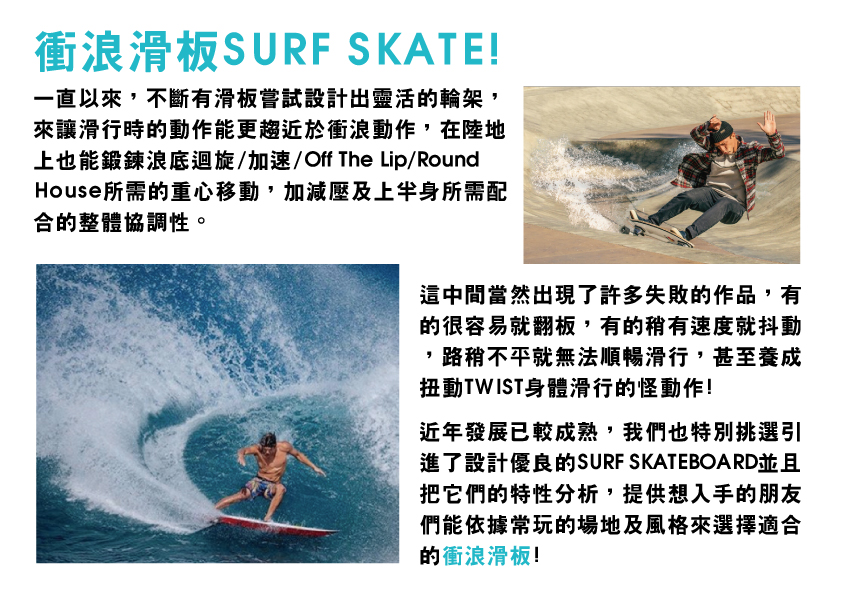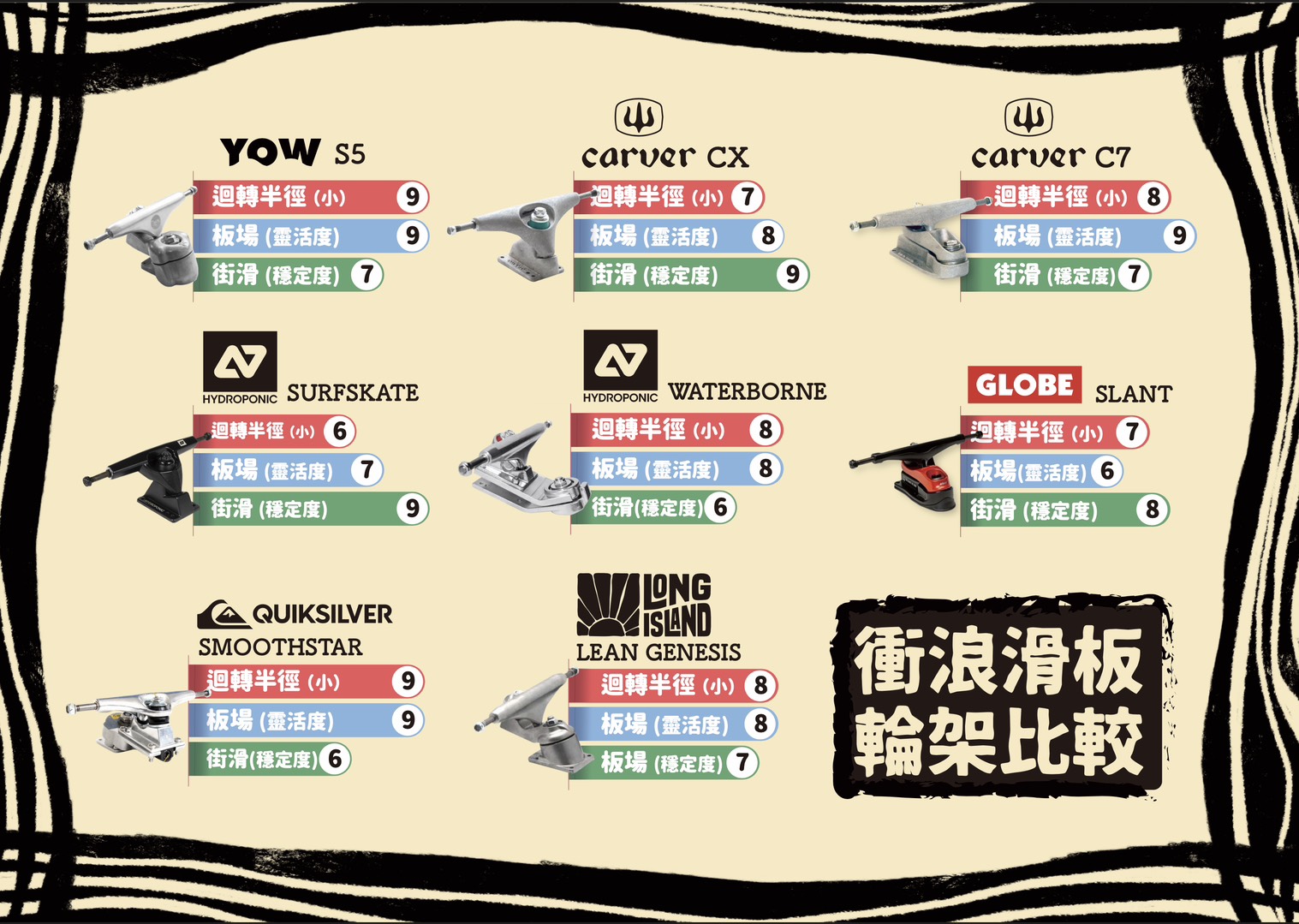The skateboard, like the guitar, is an instrument of personal expression, a vehicle for physical artistic creation.This precious treatment speaks to the fine-tuned uses of an instrument, much like the refinement and applied mastery of our own riding styles. With the Sunburst we’ve used this classic finish and combined it with a skull lace pattern reminiscent of both quilted figured maple and the custom lace sprays of low rider culture, creating a collage of influences both disparate and somehow intuitively harmonious.
Specs :
-
Length: 31 1/4"
-
Width: 9 7/8"
-
Wheelbase: 17 1/2"
-
Nose: 3 1/4"
-
Tail: 6 1/2"
Components :
-
Truck Option: C7
-
Truck Color Option: Raw Only
-
Wheels: 69MM Smoke Concave 78A
-
Bearings: Built-In
-
Grip Tape: Deck Pad
-
Hardware: Stainless Steel
-
Length: 31 1/4"
-
Width: 9 7/8"
-
Wheelbase: 17 1/2"
-
Nose: 3 1/4"
-
Tail: 6 1/2"




HISTORY OF CARVER SKATEBOARDS
It all started one quiet summer in Venice, California in 1995. Greg Falk and Neil Carver had been surfing all winter, and were pumped to surf the warmer waters of the Breakwater during the long days of summer, but it was as flat as a puddle. Not even a longboard ripple to justify getting wet. So, like the many generations before them, they took to the streets with skateboards in search of hills to surf.
The historic neighborhoods of Venice and Santa Monica are a veritable skatepark of steep alleys and banks, and as they dropped in on those asphalt waves they were struck with how unlike surfing it was. Sure, they sort of got a surf-like experience, as much as standing on a board and banking turns can provide, but they really missed the snap and drive that a surfboard has, that crisp pivot you get at the tail that lets you really pump a wave for speed. Their skateboards felt stiff by comparison. They tried loosening the trucks even more but all they got was speed wobble, and the steepest hills became virtually unskateable.
And even with those loose trucks, the dynamic of the turn was still all rail-to-rail, symmetrical nose-to-tail. Picking up the nose to tic-tac at high speed down a steep incline was sketchy, so they were left only imagining the performance they wanted, unable to get that feel with any skateboard on the market.